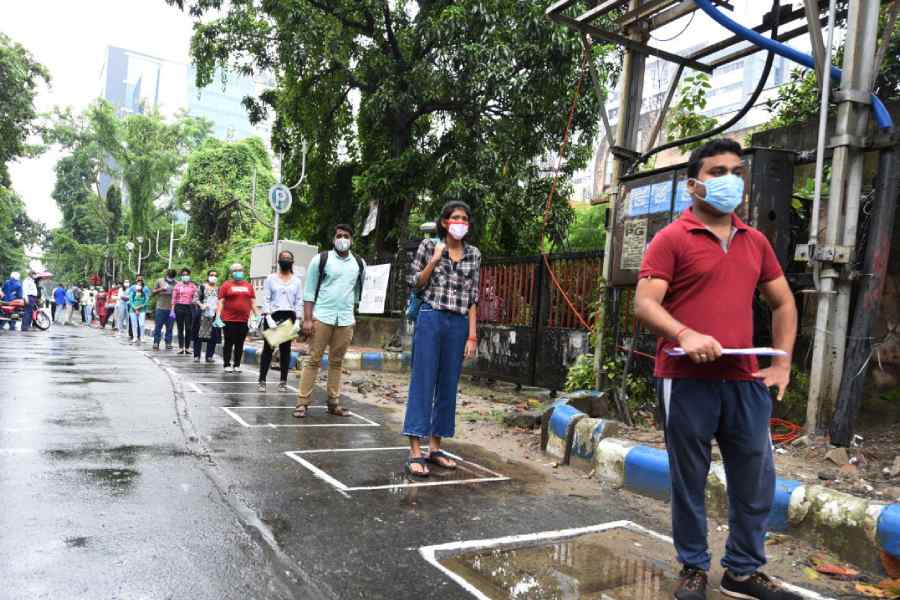In light of the Covid-19 pandemic’s global impact, the Law Commission of India’s endeavour to reassess the legal framework governing epidemic management holds profound relevance. The 286th Law Commission Report serves as a clarion call to address the inadequacies of the century-old Epidemic Diseases Act, 1897 and chart a course towards a more resilient public health governance.
The urgency of this initiative stems from the pandemic’s stark revelation of systemic deficiencies within India’s epidemic management infrastructure. The lack of precise definitions for key terms such as 'epidemic' and 'pandemic' resulted in ambiguity, hindering a unified response to the crisis. Moreover, the decentralised nature of authority under the Act led to disjointed efforts, exacerbating the spread of the virus and impeding effective containment measures.
Central to the Law Commission’s findings is the recognition that the EDA is ill-equipped to address the complexities of contemporary health crises. The interconnectedness of today’s world, characterised by globalisation and heightened mobility, necessitates a proactive and adaptable legal framework capable of confronting emerging infectious diseases with agility and precision. The cornerstone of the Law Commission’s recommendations lies in the proposal for an Epidemic Plan and a Standard Operating Procedure to guide epidemic management efforts. The Epidemic Plan, envisioned as a collaborative endeavour among the Central government, state governments, and relevant stakeholders, aims to provide a comprehensive blueprint for coordinated action. By delineating responsibilities at each level of governance and establishing protocols for disease surveillance, containment measures, and resource allocation, the Epidemic Plan seeks to foster synergy and coherence in epidemic response strategies.
Similarly, the SOP is designed to streamline decision-making processes and ensure uniformity in action across different stages of disease spread. By outlining clear roles and responsibilities for central and state authorities as well as mechanisms for escalation in the event of heightened threats, the SOP aims to minimise confusion and enhance the effectiveness of epidemic control measures. Furthermore, by incorporating provisions for privacy-friendly disease surveillance and equitable distribution of medical resources, the SOP underscores the importance of upholding individual rights while safeguarding public health.
The implications of the Law Commission’s recommendations extend beyond epidemic management. They not only lay the groundwork for a responsive healthcare system but also emphasise collaboration with diverse stakeholders, underscoring the recognition of health as a multi-sectoral issue requiring holistic solutions. The Law Commission’s report also serves as a catalyst for discussions on the intersection among law, health, and governance in India. By fostering dialogue and debate on issues, such as the balance between public health imperatives and individual liberties, the report invites introspection on the fundamental principles that underpin our society, thereby paving the way for nuanced and inclusive policymaking.
As India navigates the complexities of a rapidly changing world, the imperative for robust legal frameworks for epidemic management has never been more pronounced. The Law Commission’s recommendations can help India rise to the challenge.










